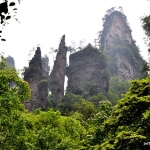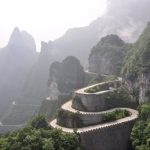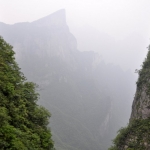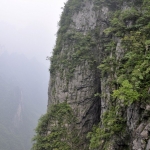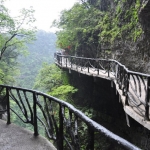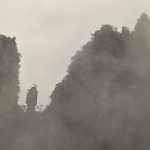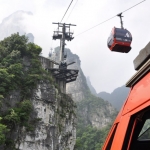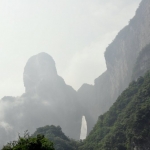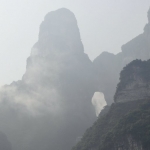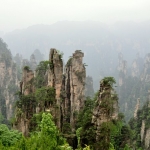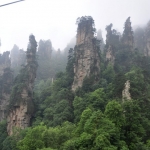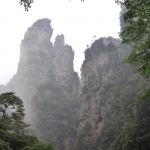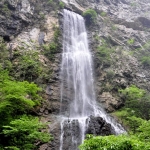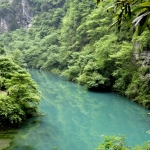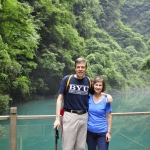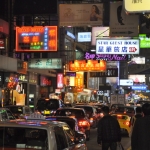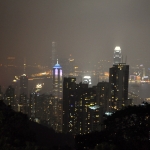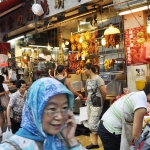YiLi Road Area on Line 10: Great Shanghai Dining Experiences Abound
The Yili Road metro station on Line 10 puts you close to some really great places to eat. This is a beautiful area next to one of Shanghai’s prettiest little parts, New Hongqiao Park, easily accessible from Exit 4. If you take Exit 3, you pass under Hongqiao Road and come out at the base of the Takashimaya Mall. Along the short walk to the mall are several restaurants with desserts and other food, and then as you enter the first floor of the mall, there is a good selection of places with fast food, curries, and snacks, including Honey Moon Desserts. But for elegant and fun dining, go up to the 7th floor of the mall. There you will find Rockstar Italian, a variety of Japanese places, hotpot, and other selections.
A short walk from the station at outside the northeast end of the park, at the confluence of Yili Road and Yan An Road, is Jiadun Square (嘉顿广场) a great complex with numerous restaurants in two adjacent rounded buildings. This includes the famous Element Fresh, a fun Italian place called Gusto, and numerous Korean and Japanese places. Some are quite expensive, but others are great bargains. In the great bargain category is one of our favorite places, Yuli (Yu Ri in Japanese), on the 3rd floor of the northernmost building. There you can get a set meal at dinner with great Japanese steak and onions, plus several side dishes, for 65 RMB (or 55 RMB if you skip the side dishes). I had Soba noodles with beef for 55 RMB, and we also ordered a side of sushi with 6 large, beautiful pieces of different items for 98 RMB. Some of the best sushi I’ve ever had.
Give Yili Road area a try!


